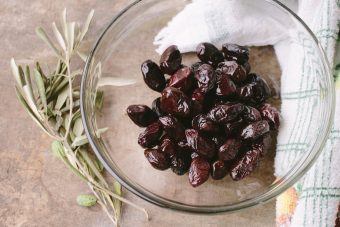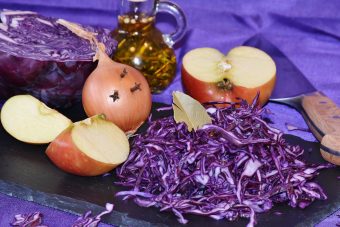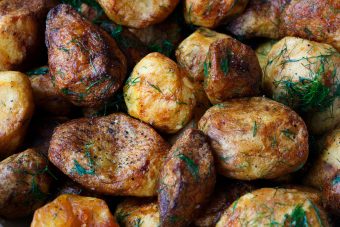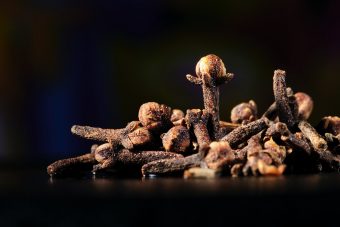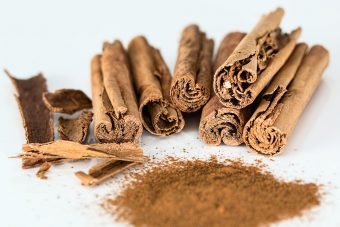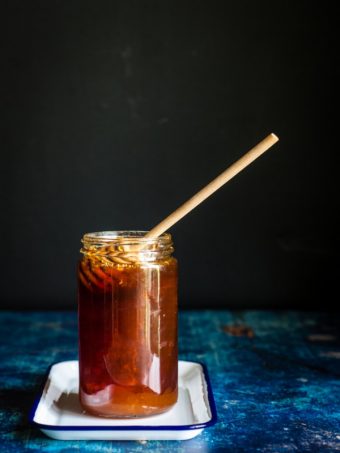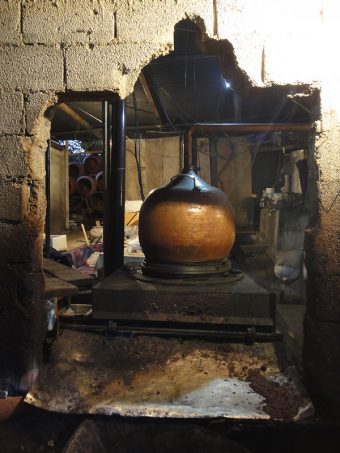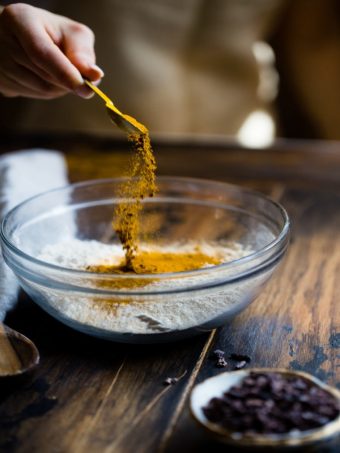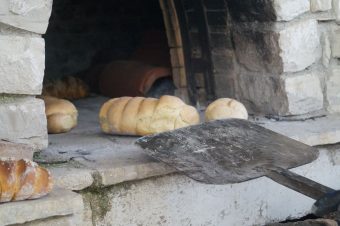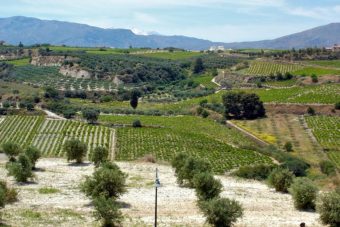Raki is the Fruity Signature of Crete
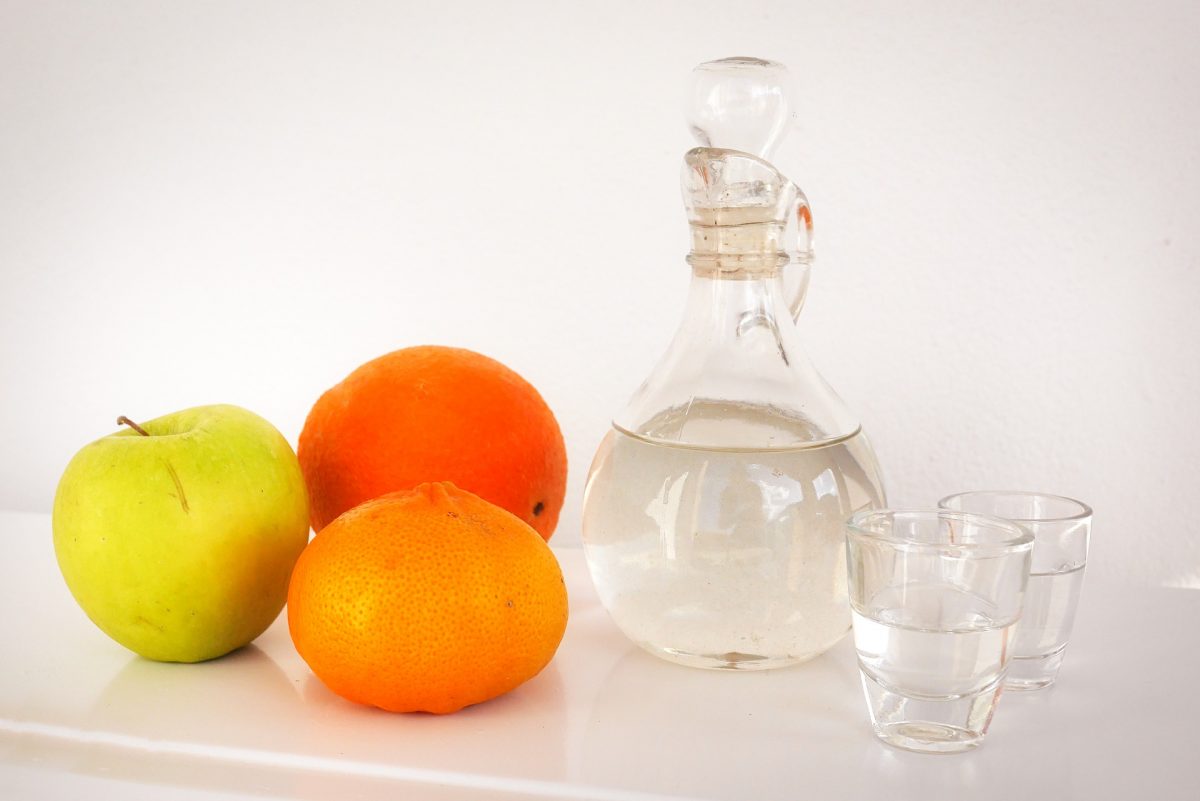
The people of Crete take pride in their alcoholic beverages and they accompany them during the most sacred meal of the day, lunch, and when they want to be hospitable. Which is always!
In this article, our goal is not to make you feel tipsy, but to present the signature alcoholic beverage in Crete. That is no other than Raki, also known as Tsikoudia or Tsipouro in other places in Greece. We will clear up the slight difference below, no need to worry. Furthermore, we will introduce you to one of the traditional experiences that we know you will love. Let’s get right into the ‘intoxicating’ interesting facts!
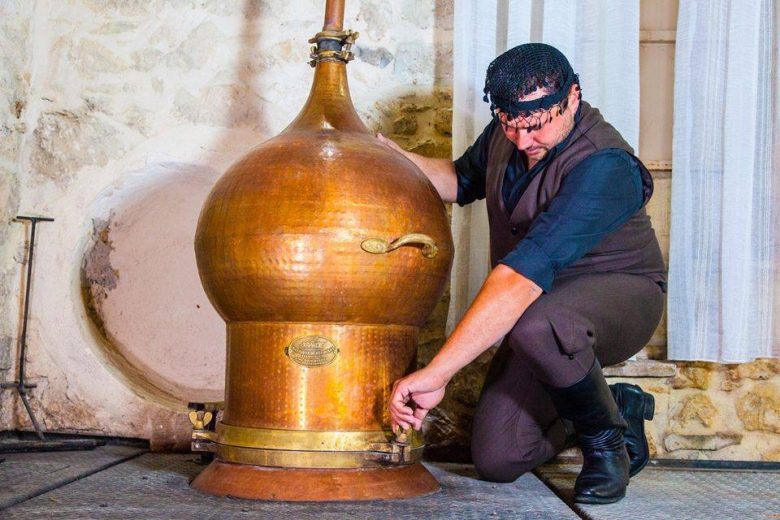
A Little Bit of History on Raki
The way raki is produced is a tradition of years. The roots of this tradition can be traced back to Ancient Greece, where the art of raki was, above all, a passion. Looking at the uses of raki over time, we will see that naturalists used it as a medicine, while the Alchemists of the Middle Ages experimented with it to discover the elixir of life. Even Aristotle suggested it for the conversion of seawater into drinking water. The art of raki was passed down from generation to generation.
In the 1920s, the Cretan Prime Minister of Greece Eleftherios Venizelos passed a law in Parliament on the distillation of raki, which gave the first licenses for cauldrons to farmers and winegrowers in Crete, so that they could start producing raki legally. In 1929, the year when due to heavy rains there were problems with raisins, the producers saved their harvest through raki, as a result of which the licenses for cauldrons increased sharply.
Today, many hold a legal license and produce raki, while licenses are no longer issued due to strict legislation regarding alcohol. We find the most permits in Crete in the Prefecture of Heraklion, as there are most acres of vineyards in Crete and throughout Greece. However, many licenses were lost over time because they were not transferred or sold to other growers, with the result that out of the 1,400 cauldrons that used to operate, only 550 are active today.
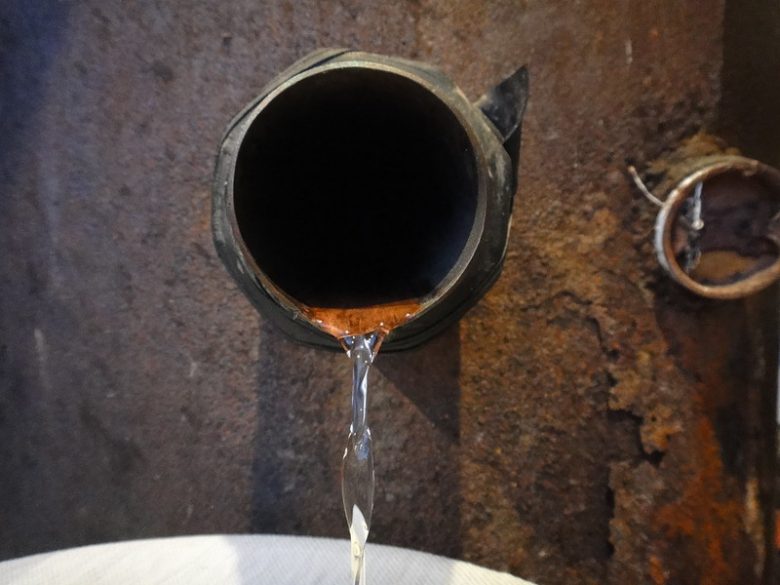
How to Make Raki
The modern way of making tsipouro from industrial units is done with its method fractional distillation -mainly discontinuous distillation. High-quality steam boilers are used, fully electronically regulated and controlled. This allows the manufacture of a high quality multiple distilled product, reducing the undesirable substances of distillation to a minimum. From the end of October to the middle of December, Greece and especially Crete, ‘boils’.
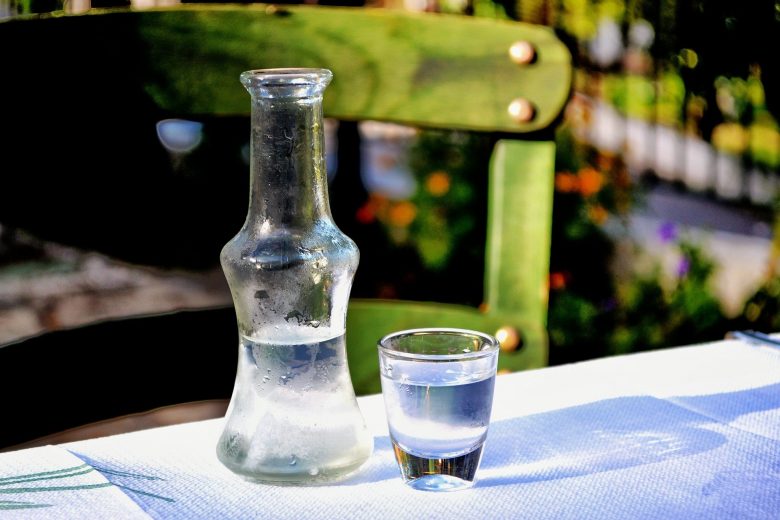
Clarification of the Name
Tsipouro, tsikoudia, or raki? Tsipouro with or without anise, tsikoudia, raki, means the same thing. The only thing that changes is the single or double distillation, depending on the habits of each place or the decision of the “cook”. Usually, the Macedonians and the Thessalians distill twice, the Cretans and the islanders, once! Also, the Cretans and the Epirotes prefer it Doric and without aromas. However, the Thessalians and the Macedonians want it with anise but also with myriads of other herbs, such as onion, rope, fruits, and vegetables. The Macedonians, the Epirotes, and the Cretans are considered masters of distillation, but the tsipouro, which has been registered as a Greek product, has its PGI (protected geographical indications): tsipouro from Macedonia, Thessaly, Crete, and Tyrnavos. In addition, tsipouro contains 36-45 alcoholic degrees, while tsikoudia around 35.
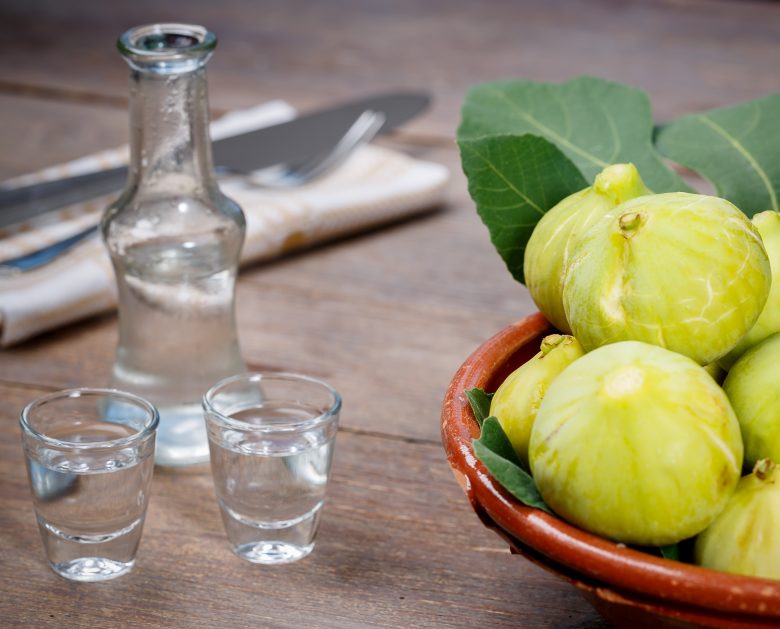
Health Benefits
This particular distillate in small doses (1-2 glasses) offers health benefits as it is pure without the addition of dyes and industrial alcohols. It has an anxiolytic effect and cheers the heart and the spirit, thus relaxing us. Other properties are its contribution to the process of digestion and consequently to the easier digestion. Due to the alcohol it contains it causes vasodilation and reduction of blood pressure. It is considered a suitable drink for those people who follow a diet program as it changes the balance of fats in the blood by increasing the good cholesterol in the blood (HDL) which has a cardioprotective effect and respectively reduces the bad (LDL). It has antimicrobial properties so it is used as a sedative for colds, headaches, and fever.
How to Serve Raki
The ancients used to say that the best “appetizer” of raki is water. They were right since it is a very heavy alcoholic drink. Nevertheless, no one drinks raki on its own. Nowadays, raki in Crete is offered almost everywhere, in taverns, restaurants, shops, and of course in the homes of Cretans. It is an integral part of Cretan hospitality and usually, the consumption is accompanied by various Cretan traditional delicacies. However, for connoisseurs, it goes best with olives, raw cabbage, cucumber, snails, rusks, baked potatoes, ie whole potatoes with the skin cooked on hot ashes, apaki pork and sausages on the grill, dakos bread, fava beans, and anything that will help to be consumed more easily and in larger quantities. Of course, we must add the seasonal Cretan products. Such as, fresh walnuts, chestnuts, pomegranates, apples, and quinces, which give color to the table.
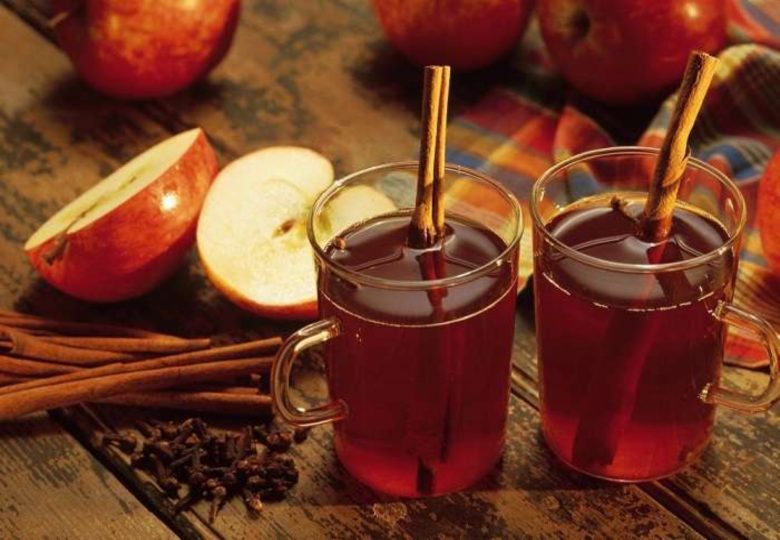
Rakomelo: The Famous Variation
Rakomelo due to its two main ingredients, raki and honey offer the body its beneficial properties. Raki, a product of single distillation from the grape, ie the pressed grapes that remain for 40 days in barrels where the fermentation takes place, is particularly digestive, especially after a high-fat meal, but also when heated, offers immediate relief for a sore throat. The alcoholic volume of raki varies depending on the preferences of the producer. It ranges from 42-58 alcoholic degrees (Vol%).
Honey, a particularly important food for humans, as it contains flavonoids, powerful antioxidants that have a cardioprotective and anti-cancer effect. It has antibacterial properties, protects against ulcers and gastrointestinal disorders while relieving severe cough and sore throat. It contains vitamins, minerals and trace elements, enzymes, and amino acids, offering many more benefits to the body. Honey is undoubtedly one of the foods allies of good health, but also longevity.
Rakomelo Recipe
Rakomelo is prepared by combining raki with honey and various spices, such as cinnamon, cloves, cardamom, or other local herbs.
- 100ml raki
- 35 g of honey (preferably pine honey does not cloud and gives an amber color)
- 2 cinnamon sticks
- 3-4 cloves (pins).
Heat the raki with the cinnamon and cloves in a kettle and add the honey. Leave the rakomelo on low heat for about 5 minutes, stirring constantly with a wooden spoon. Remove from the heat and remove the cinnamon and cloves. Do not forget, that this is a hot beverage. Cheers!
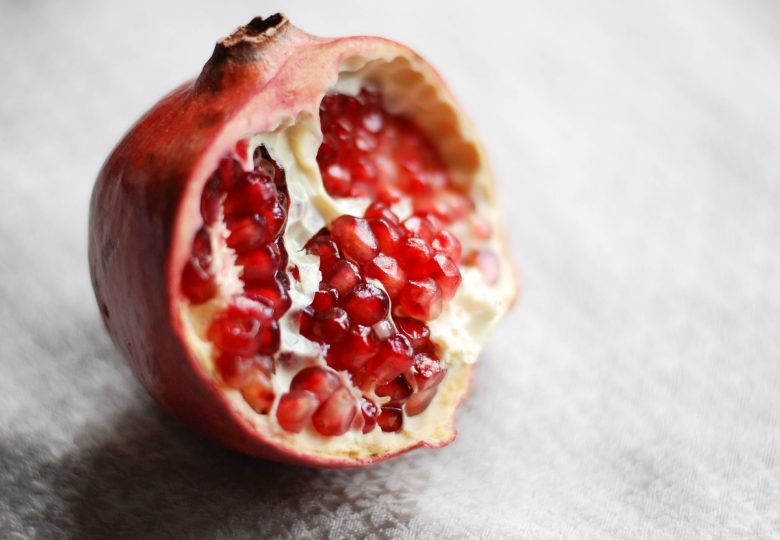
Pomegranate and Raki: The New Variation
When the healing properties and the crimson color of the pomegranate, met the traditional Cretan raki the result was something fresh. A new combination, between tradition and the ingredients of nature, has aroused the Cretans. The truth is, this recipe has been around for many years, especially when we want to make homemade pomegranate liqueur. Therefore, in several Cretan houses, raki accompanied the crimson pomegranate juice. In addition to the pomegranate, they include other flavors such as citrus and honey.
History, Tradition and Folk Arts – Experience by Elissos Travelling Philosophy
An experience mainly created for youth and families that allow you not only to witness the Cretan way of life but also to take part in various workshops and activities with the locals! Does preparing your mouthwatering lunch at a local’s house sound like something you would love to do? How about honey and raki tasting? Or perhaps channel your inner artist and having fun at a handicrafts workshop? We know that you will have the time of your life and at the same time, you will learn about the Cretan ways when it comes to tradition, history, and gastronomy!
If you enjoyed this intoxicating article, we have a second one that will interest you as well. It shares interesting facts about the Journey of Wine from the Minoan times to Today. Fill up your glass and get ready to embark on a mystical ride in time!
Be A Cretan For A Day – Experience by Elissos Travelling Philosophy
One of our most Authentic Experiences for you and your family as you will have the opportunity to spend the entire day with a Cretan Family at their house located in a traditional village. You will get to join in on their daily farming and seasonal agricultural activities, prepare a traditional lunch with them, taste all their local products, and visit the most beautiful sites and vineyards. We are proud to present to you our Be A Cretan For A Day experience! Click on the link for more details on the tour!

